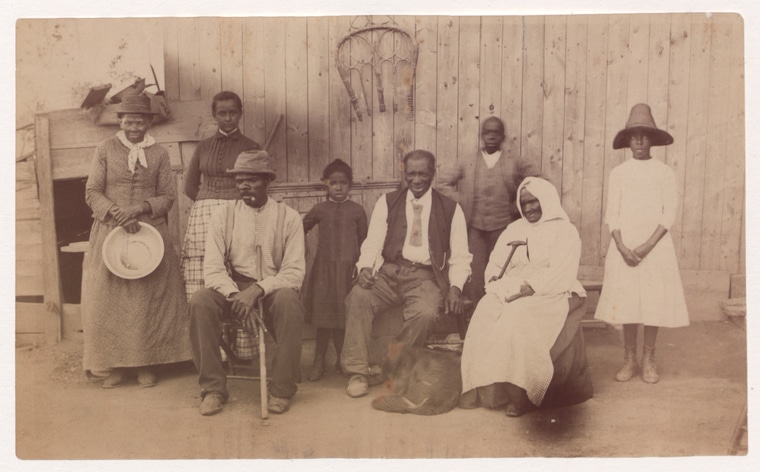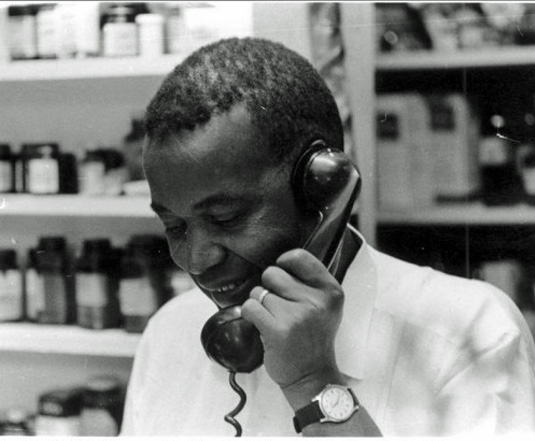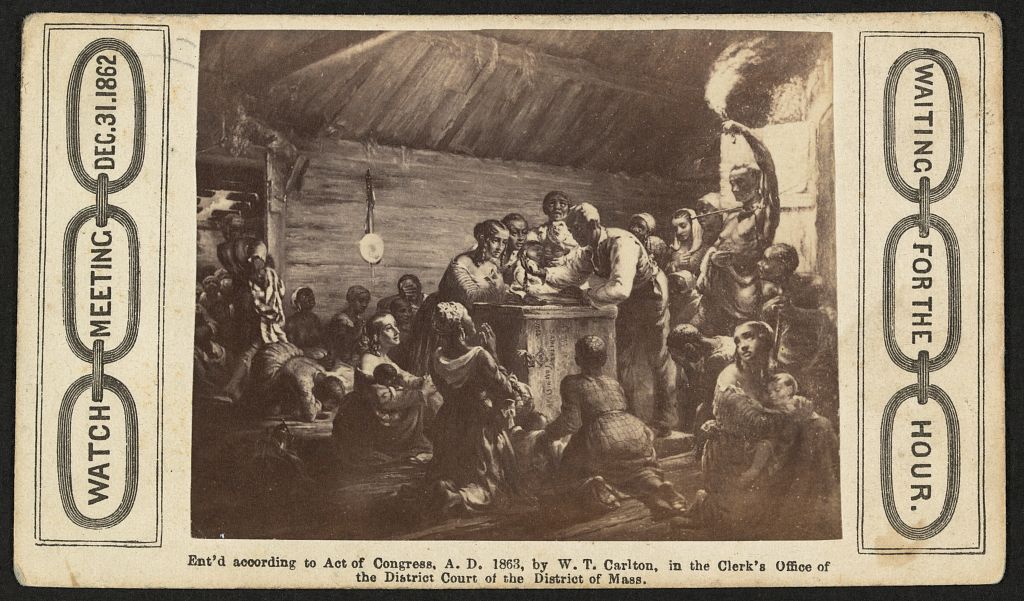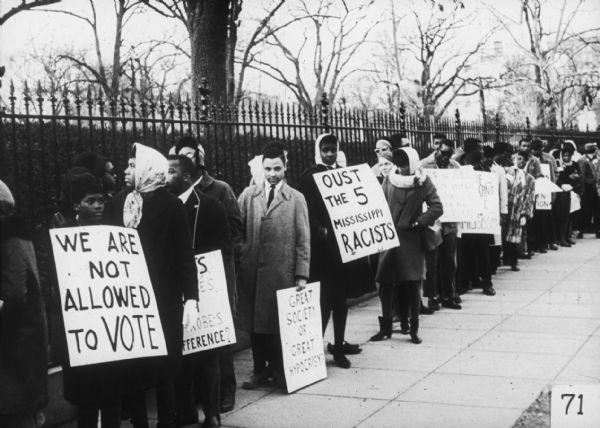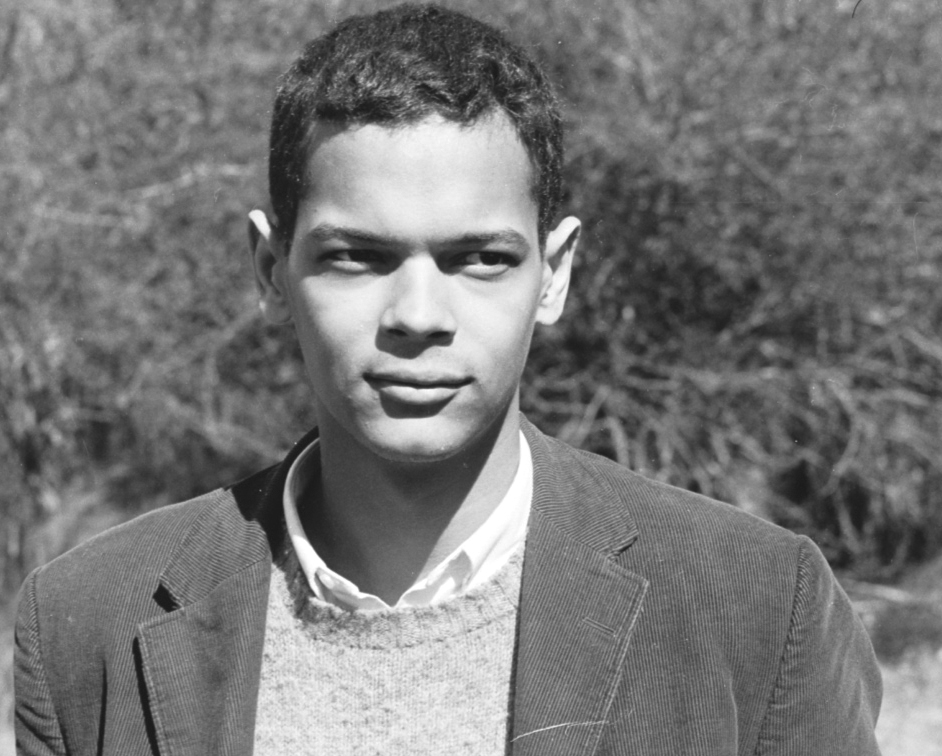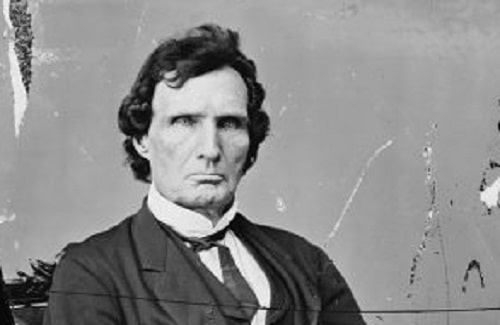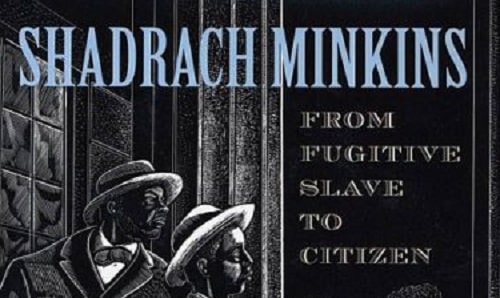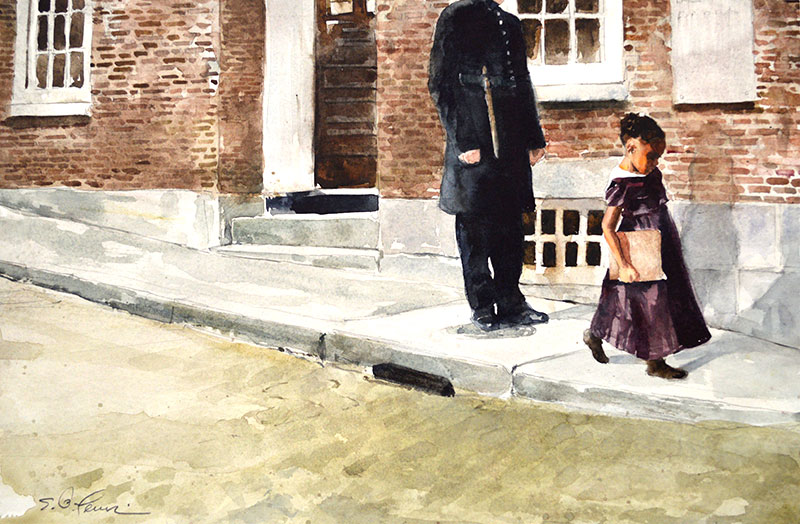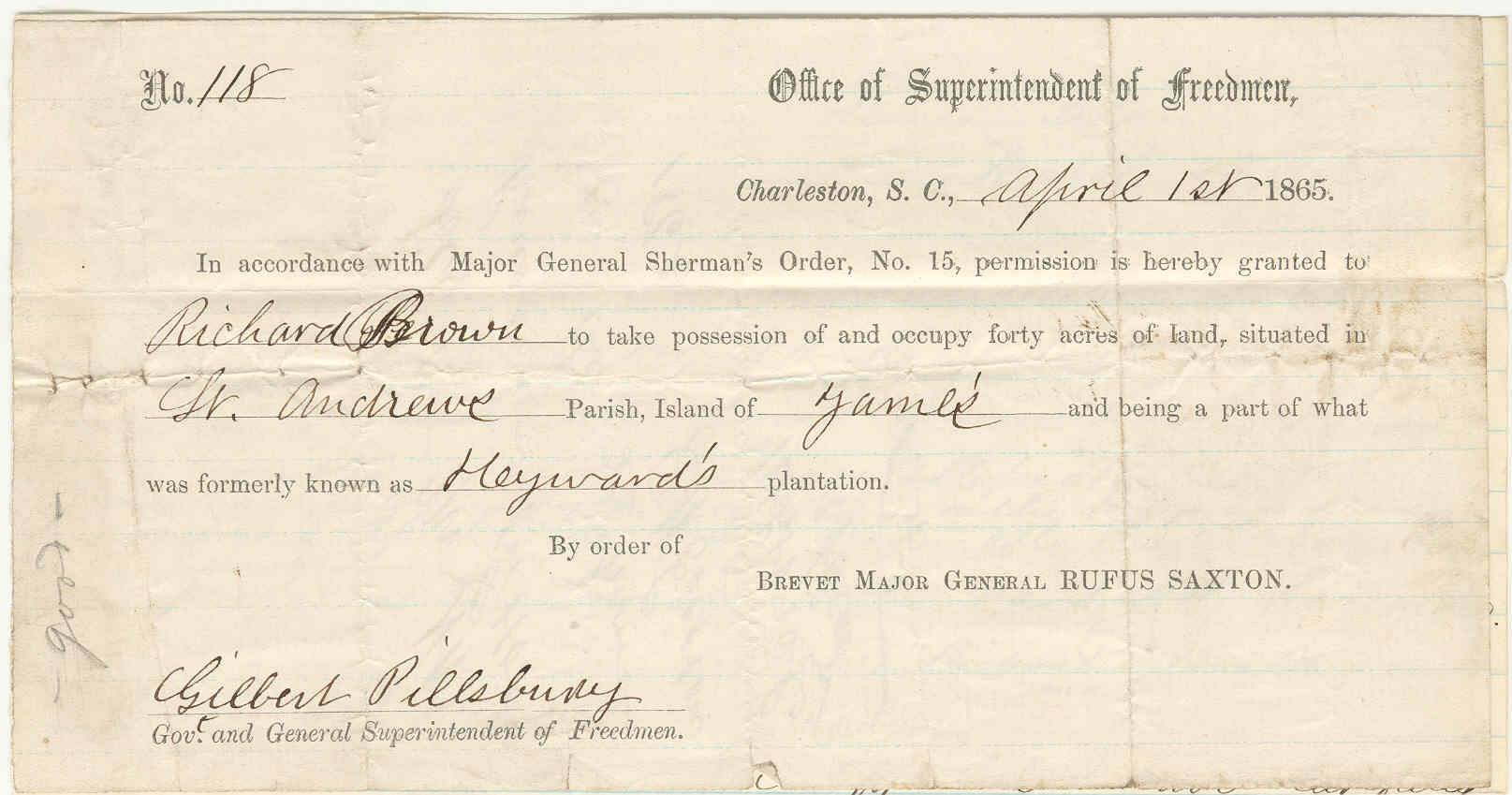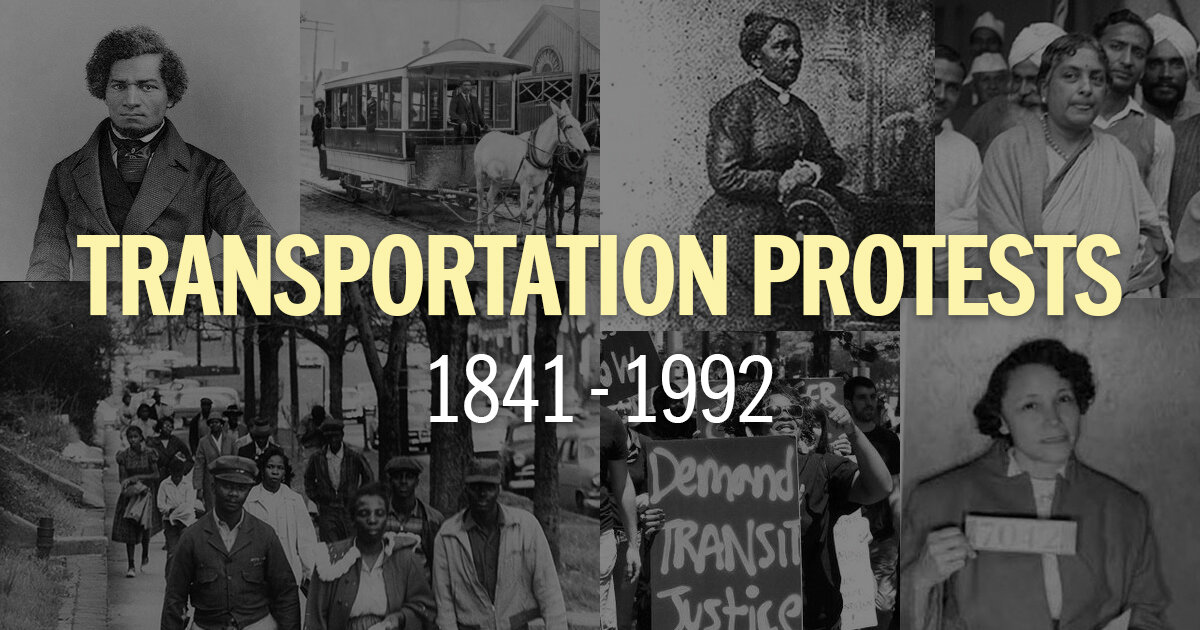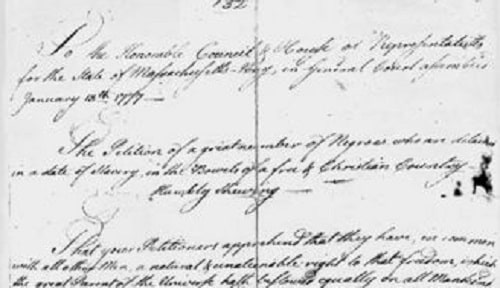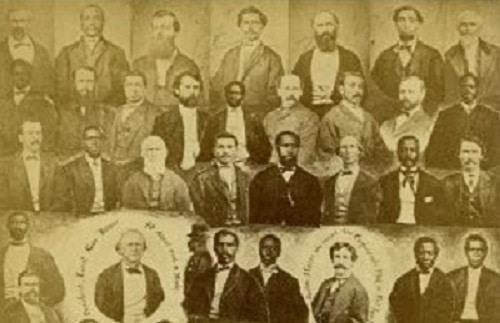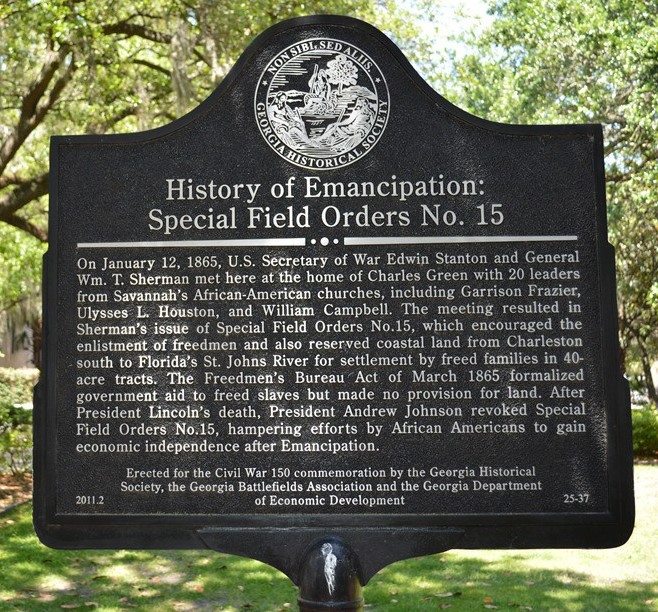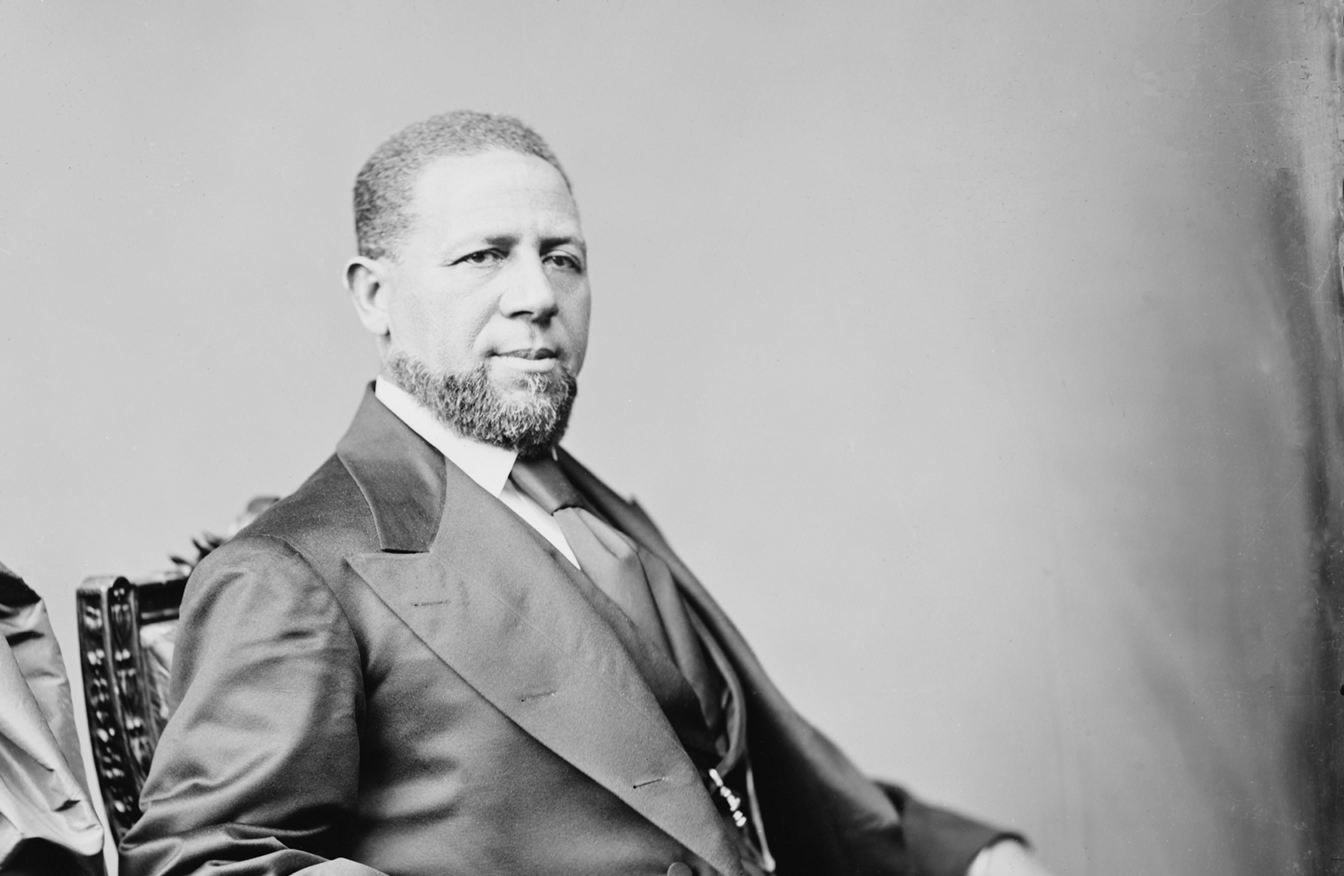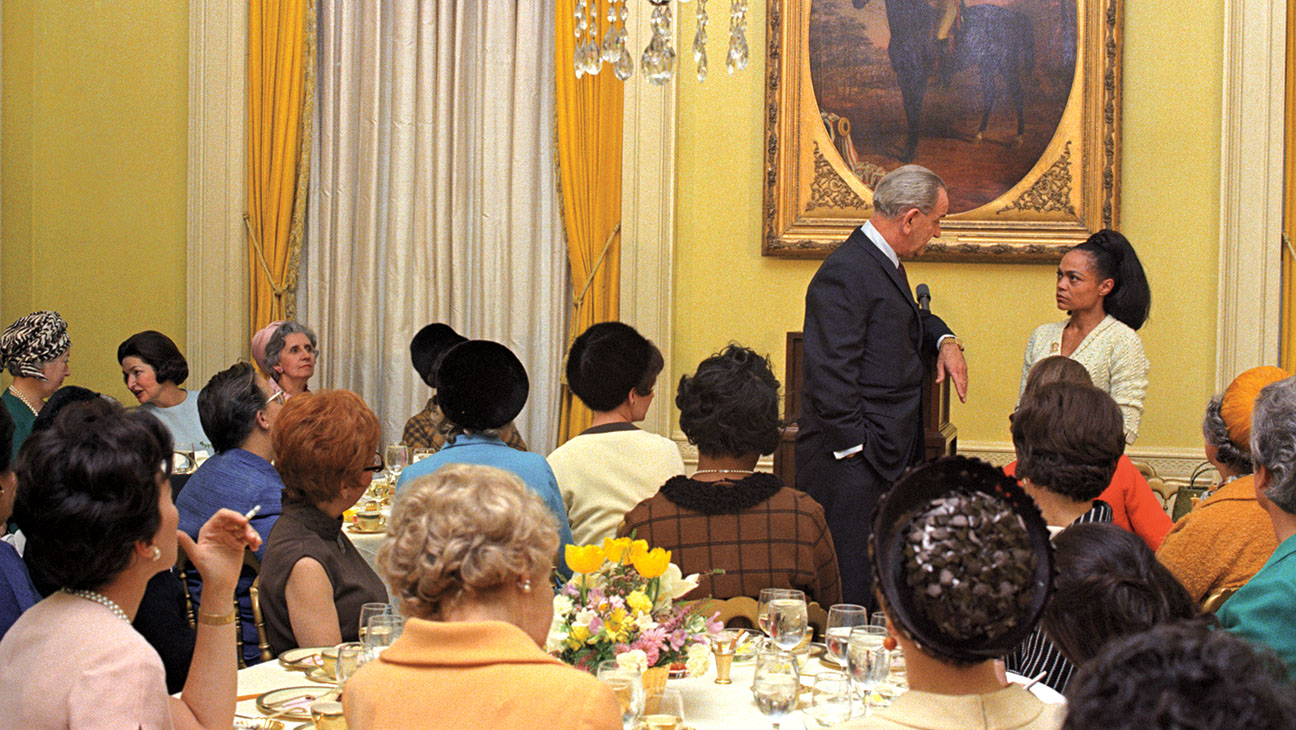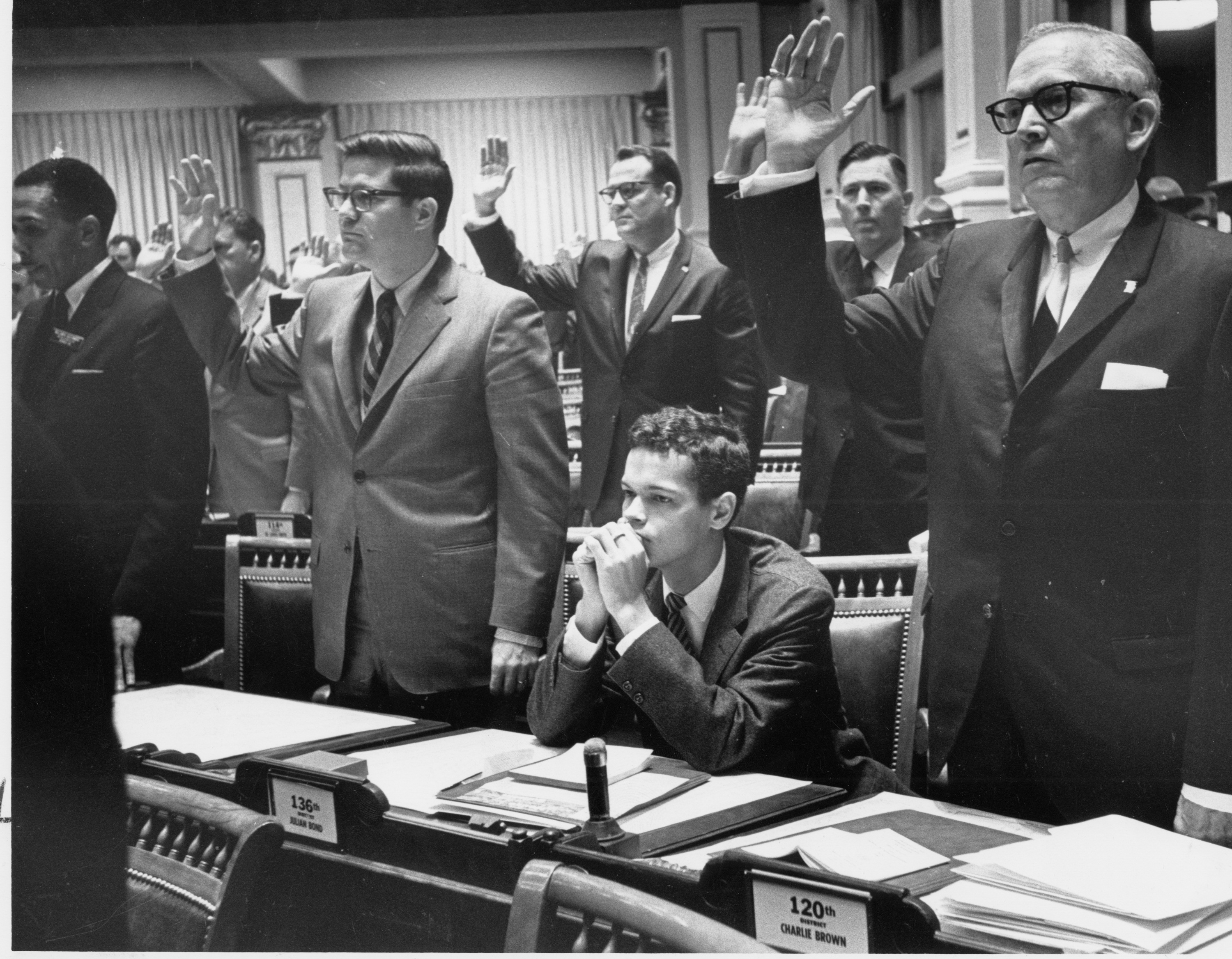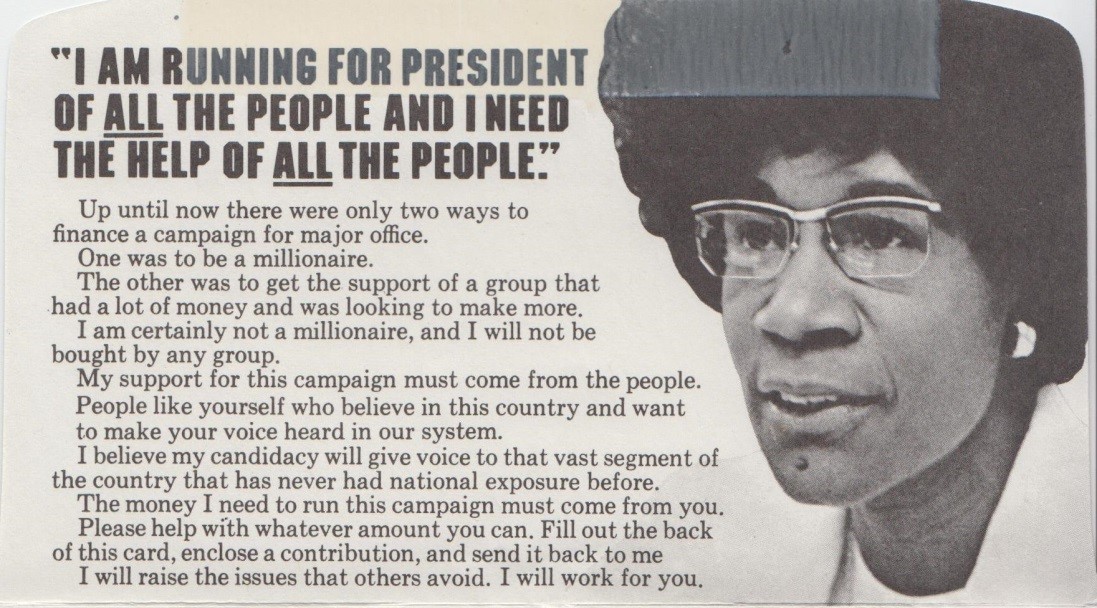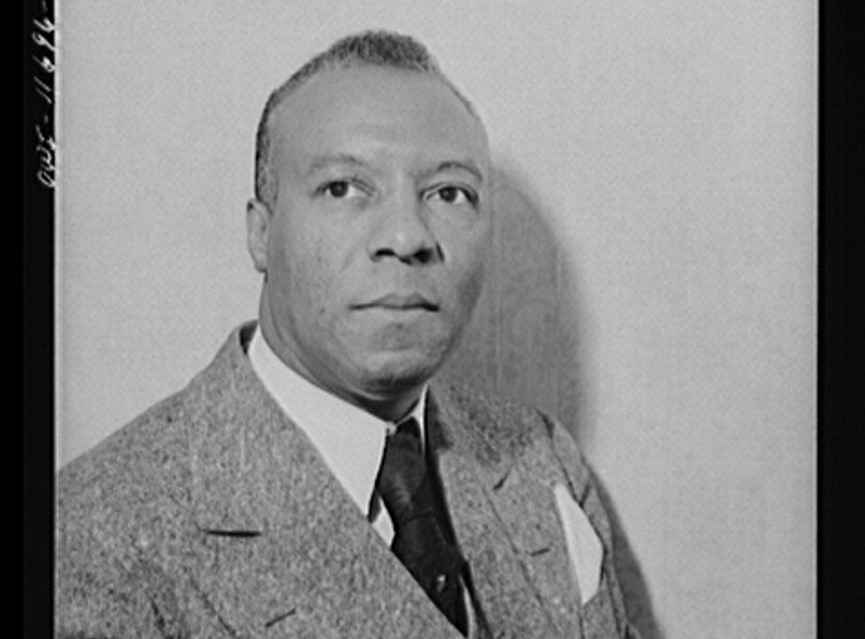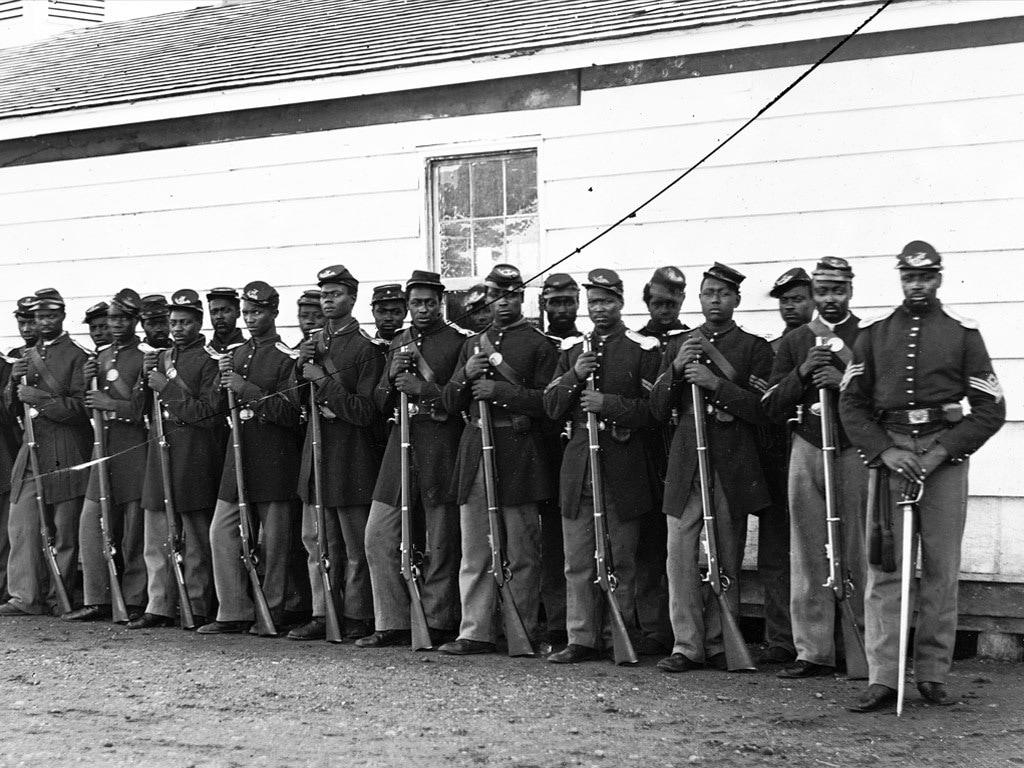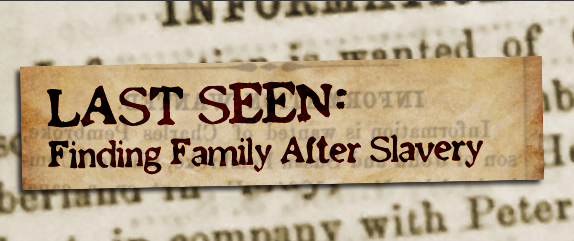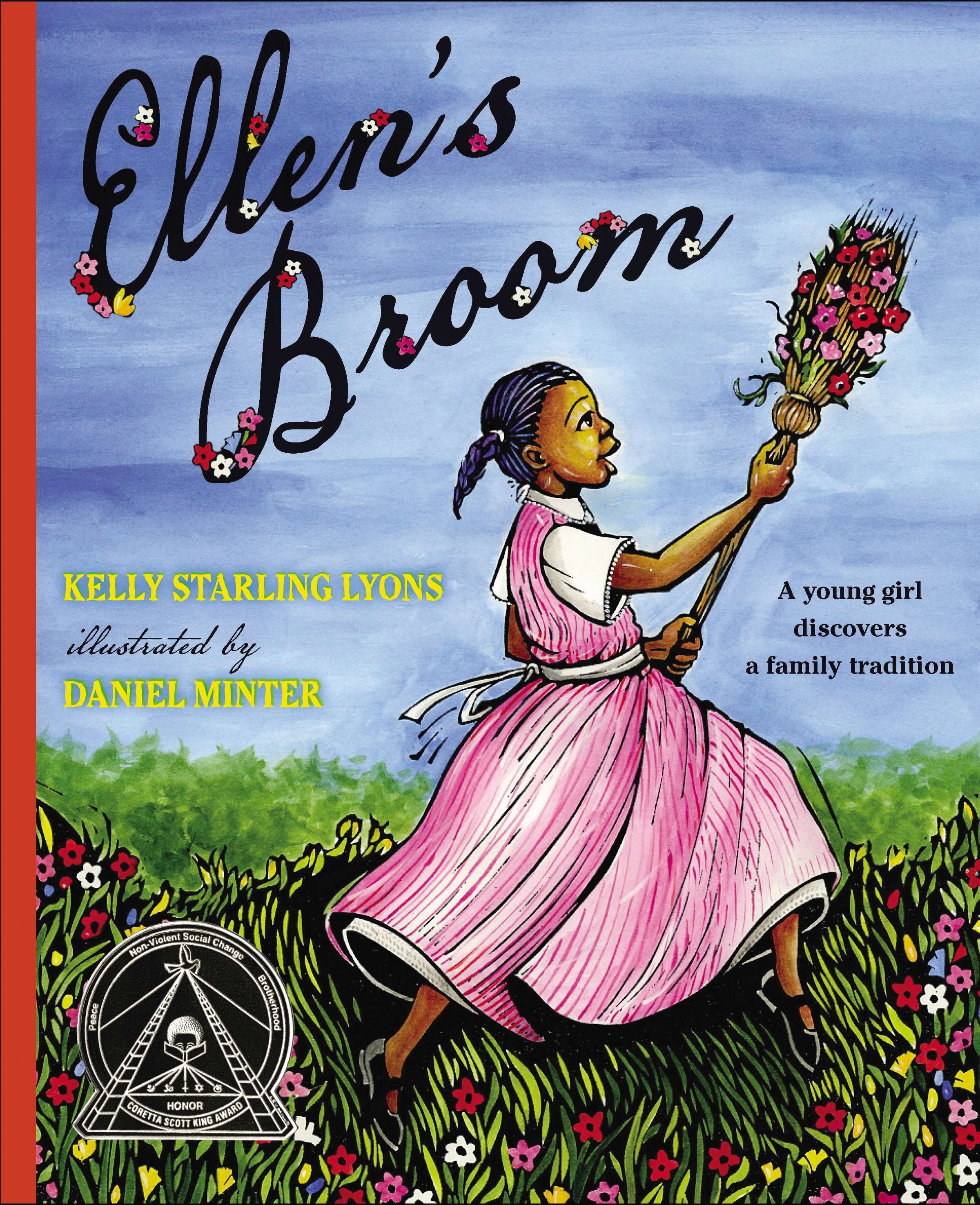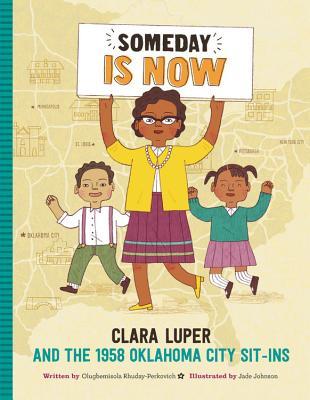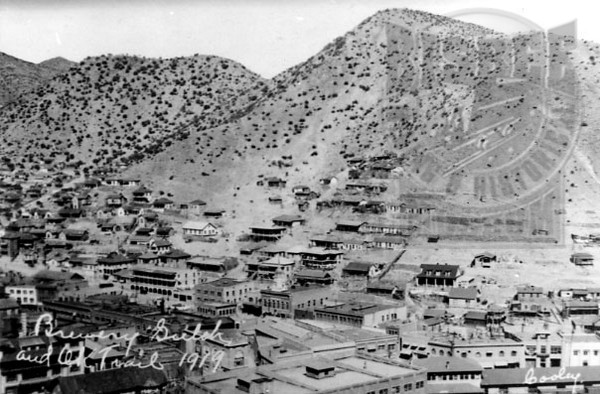Abolitionist and suffragist Harriet Tubman, perhaps the most famous conductor of the Underground Railroad, engineered her first rescue mission in December 1850.
Continue reading
Aaron Henry (Mississippi state NAACP president, pharmacist, drugstore owner) and the Coahoma County NAACP organized an effective Christmas shopping boycott in Clarksdale, Mississippi.
Continue reading
African Americans across the United States, free and enslaved, in the North and South, held watch meetings for the abolition of slavery.
Continue reading
Hundreds of Mississippi Freedom Democratic Party supporters went to support the Challenge to the seating of the Mississippi delegation.
Continue reading
The song “Rapper’s Delight” by the Sugarhill Gang (and reportedly Grandmaster Caz) became the first hip hop single ever to reach the Billboard Top 40.
Continue reading
Julian Bond was finally sworn in as a member of the Georgia House of Representatives.
Continue reading
Congressman Thaddeus Stevens offered an amendment to the Freedmen's Bureau Bill to authorize the distribution of public land.
Continue reading
U.S. Marshals arrested Shadrach Minkins, who had escaped from slavery in Norfolk, Virginia.
Continue reading
Benjamin Roberts, African American, filed the first school desegregation suit after his daughter Sarah was barred from a public school because of her race in Boston, Massachusetts.
Continue reading
The Bureau of Refugees, Freedmen, and Abandoned Lands was established within the War Department to undertake the relief effort and social reconstruction after the Civil War.
Continue reading
African Americans in Little Rock organized a boycott and “we walk” league to protest the Streetcar Segregation Act.
Continue reading
A group of African Americans presented a petition for freedom to the Massachusetts Council and the House of Representatives.
Continue reading
The South Carolina constitutional convention met with a majority of Black delegates, adopting a constitution that provided for all people regardless of race, economic class, or gender.
Continue reading
Demands by Black ministers after the Ebenezer Creek Massacre led to the short-lived land distribution during Reconstruction known as Special Field Order No. 15.
Continue reading
Hiram Rhodes Revels was the first African American to be elected to serve in the U.S. Senate.
Continue reading
When asked at a White House luncheon about “juvenile delinquency,” Eartha Kitt responded by talking about the root causes of rebellion, including the Vietnam War and the draft.
Continue reading
The Georgia State House of Representatives refused to seat elected state representative Julian Bond due to his public statements against the Vietnam War.
Continue reading
Four African Americans (including one minister and three farmers; one of the farmers was a woman) were lynched in Hamilton, Georgia.
Continue reading
Shirley Chisholm, the first Black woman elected to Congress, opened her historic campaign for President.
Continue reading
A. Philip Randolph, president of the Brotherhood of Sleeping Car Porters union, made the official call for a march on Washington, with the demand to end segregation in defense industries.
Continue reading
The U.S. War Department authorized the governor of Massachusetts to recruit Black troops to the Union Army in the Civil War.
Continue reading
During the Reconstruction Era, people emancipated from slavery searched for their loved ones throughout the United States and Canada. They often used "last seen" ads. This is one case of successful reunification.
Continue reading
Picture book. By Kelly Starling Lyons. 2012. 32 pages.
Story about a young girl during Reconstruction whose parents are finally able to have a legal marriage while honoring a family wedding tradition.
Continue reading
Picture book. By Olugbemisola Rhuday-Perkovich. Illustrated by Jade Johnson. 2018. 32 pages.
The true story of a teacher who led her students to take direct non-violent action to protest segregation.
Continue reading
A battle between Black soldiers and the local white law enforcement who targeted them in Bisbee, Arizona during Red Summer.
Continue reading

